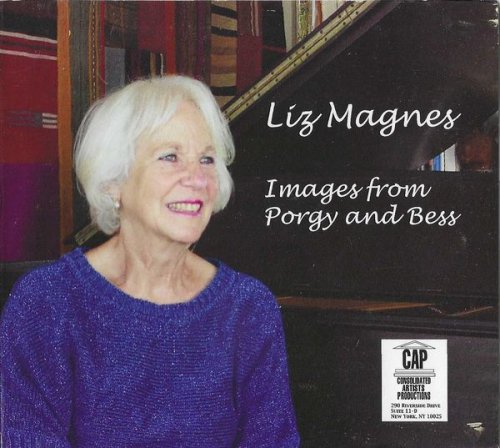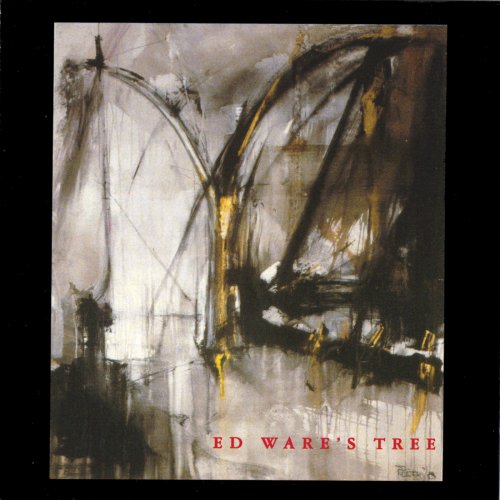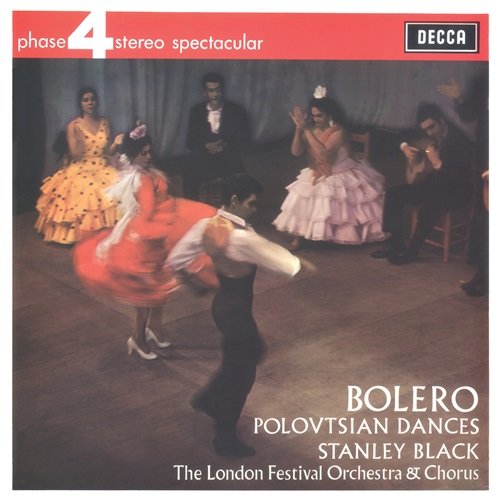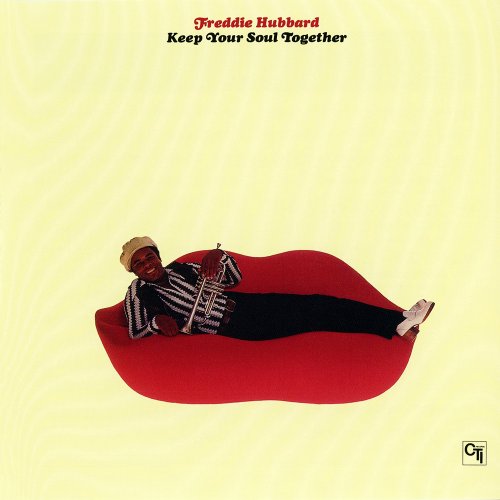Nik Bärtsch's Ronin - Holon (2008)
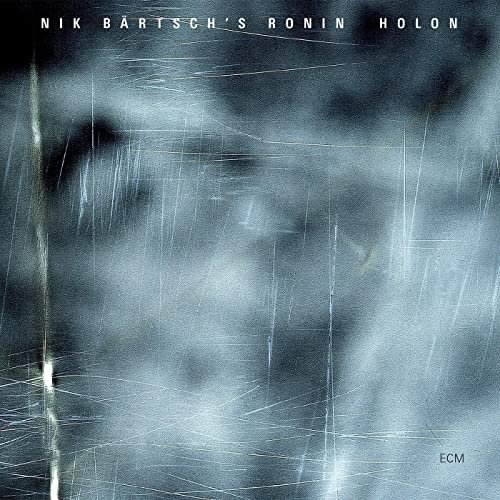
Artist: Nik Bärtsch's Ronin
Title: Holon
Year Of Release: 2008
Label: ECM
Genre: Contemporary Jazz
Quality: FLAC (track)
Total Time: 00:55:39
Total Size: 271 Mb
WebSite: Album Preview
Pianist Nik Bärtsch's Zurich quintet Ronin has released a handful of recordings, but Holon is only the second released in the United States. When Stoa was issued in 2006, it was like this startling blast of air. Was it jazz? Was it minimalist classical music? Was it acoustic techno? Bärtsch calls it "zen funk." OK, fair enough, but in actuality, while it bears traces and borrows elements from all of the aforementioned genres, Ronin is its own animal, its own sound, its own complex yet utterly accessible musical identity or, better, brand. They have toured relentlessly all over the world, and as a result, this quintet is not only well seasoned, but also it has taken the music up the ladder a couple of rungs. Stoa revealed the taut, interlocking pulses, rhythms, and grooves, all stacked atop one another with nearly mathematical precision. Given the trance-like nature of some of it, it was easy to get hypnotized and allow its subtler elements, those having to do with improvisation, however tightly scripted, into the various sections of its numbered "moduls," as Bärtsch calls his compositions, as if they are all of a piece. The Ronin personnel have not undergone changes since Stoa: Sha, bass clarinets, alto saxophone; Andi Pupato, percussion; Kaspar Rast, drums; Björn Meyer, drums. Most of these players have been with Bärtsch since the beginning and as a unit have learned to trust one another to keep frames in this music while allowing for a certain looseness that makes it more physical, more driven, and consequently more intuitive and intimate: check the breakbeats and Bärtsch's solo on "Modul 41_17," where Sha moves the pulse by pitch from one sphere to the next and Bärtsch plays between the pulse and breakbeats of Rast. Basslines and percussive elements are rumbling under, pushing toward who knows what, but it's going somewhere. It actually "rocks" more than rolls, but the tension is exquisite, so much so that when Pupato introduces a cowbell and some other brighter percussion instruments in certain places, it startles the listener, like a minor shock. It is only then one realizes that the groove is mutated, shifted, turned toward another rhythmic sphere — Meyer's carrying more notes in his groove now — another set of pitches and contrasts and groove without the pulse seeming to change at all.Title: Holon
Year Of Release: 2008
Label: ECM
Genre: Contemporary Jazz
Quality: FLAC (track)
Total Time: 00:55:39
Total Size: 271 Mb
WebSite: Album Preview
Philip Glass this isn't. Steve Reich this isn't. Mogwai on pianos or Thomas Brinkmann with jazz instruments this might be. At the end of over 14 minutes, one is almost relieved for the quietly elliptical beginning of "Modul 39_8," where a single piano chord mysteriously creeps out from the shadow, carrying a bit of it into the left- and right-hand chords, before a shimmering rim shot ushers in a pulse that gradually becomes sinister, brooding, yet also as beautiful as a moonlit pool that is seemingly still on the surface but is roiling with activity beneath. Different rhythmic statements come from Pupato and Rast as Bärtsch goes his own way, investigating a sparse melodic ideal to see how it looks in light of the grooves coming together in the middle. The bassline is a simple note, pulsed — until it changes, and the entire thing becomes a funky dance lock; here is where breaks, piano as a real percussion instrument, and a popping electric bassline move the listener toward funk regardless of where she was at during the beginning of the piece. Dynamic elements change course over its duration no less than four times, as do harmonic engagements of what is truly polymetric invention, and transforms itself into an Eastern modal groove without losing its danceable edge. By the final cut, "Modul 44," which begins with nearly a full minute of silence, very quiet bells jingling before Bärtsch and the group enter fully and immediately, seemingly in the middle of a phrase, but as Sha begins to allow the lyric line pattern to emerge, Bärtsch suddenly comes at it from an entirely different angle, playing another repetition, changing nuances between the left and right hands, shading his chords, and after another short, skeletally spacious break, Sha begins his own solo, followed by an emerging bassline that echoes the same melodic line but louder, rumbling — never booming — over everything. In the mix, drums and bass are out front, piano, percussion, and reeds are hovering in the backdrop, shimmering with ostinatii and minimal arpeggios before kicking into a different kind of high gear where everything is in your face. Uh huh, this is on-the-good-foot music. The most beautiful thing about Holon is how "live" it all feels. You can see in the mind's eye and fully hear this music in a setting where an audience is urging the band on, not just listening, but moving. How much better does it get than that? The more things stay the same in Ronin, the more they change. ~ Thom Jurek
Nik Bärtsch piano
Sha bass clarinets, alto saxophone
Björn Meyer bass
Kaspar Rast drums
Andi Pupato percussion
Tracklist:
1 01. Nik Bärtsch - Modul 42 (06:27)
1 02. Nik Bärtsch - Modul 41_17 (14:51)
1 03. Nik Bärtsch - Modul 39_8 (07:59)
1 04. Nik Bärtsch - Modul 46 (07:16)
1 05. Nik Bärtsch - Modul 45 (09:41)
1 06. Nik Bärtsch - Modul 44 (09:23)

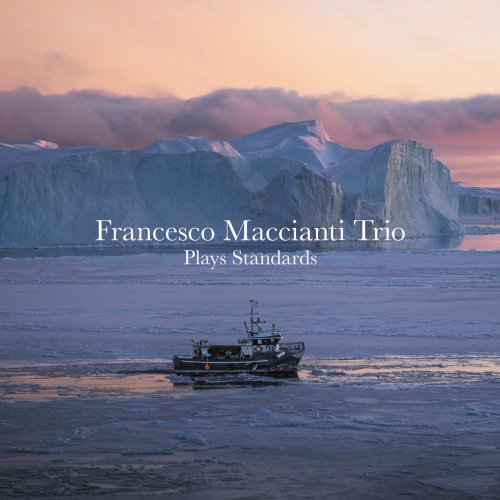
![Wadada Leo Smith - Divine Love (1979/2025) [Hi-Res] Wadada Leo Smith - Divine Love (1979/2025) [Hi-Res]](https://www.dibpic.com/uploads/posts/2025-12/1765802240_cover.jpg)
